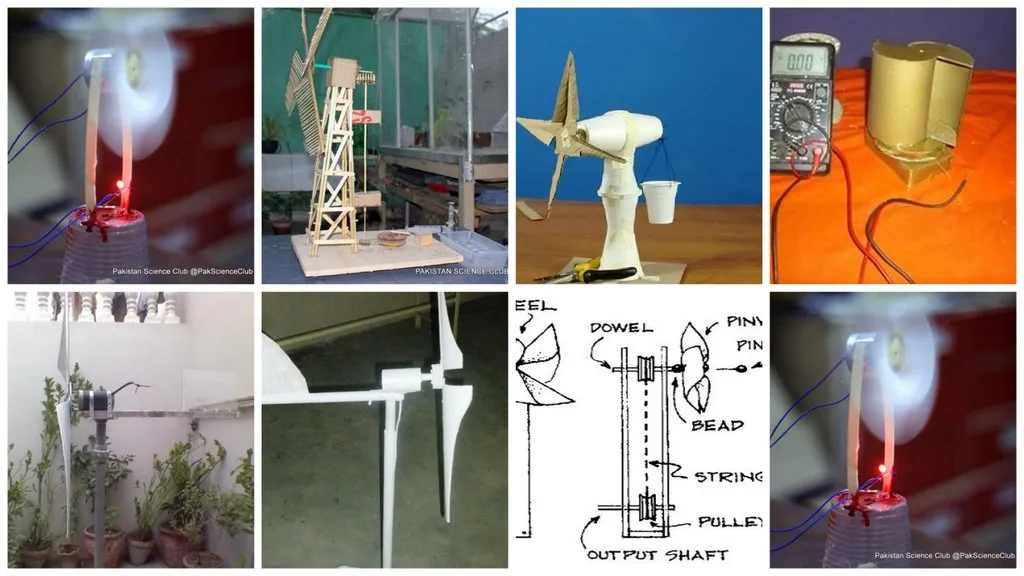Learn how science is contributing to the creation of smart, sustainable cities for the future. Technological progress is very rapid, and smart cities are an area that has seen looms the sharpening edge of civilization. Smart cities seek to upgrade the standards of living of the citizens and the sustainability of the city through improved efficiency in the different areas by incorporating science and technology into the urban environment. This paper examines the impact of science on the future of living in cities through smart city projects covering areas of technology used, advantage, and the barriers encountered.
How Do You Define a Smart City?
A smart city is one where there is an effective utilization of data and technology to enhance the effectiveness of services and infrastructure. The main components include:
Collection of Data: IoT Equipment’s or other instruments serve to collect data related to the city, including traffic, pollution levels, etc.
Data Processing: This data is then subjected to advanced analytics and artificial intelligence in order for decisions to be made.
Task Management: Tasks such as management of energies, movement of vehicles and switching of traffic lights are done by automated systems.
Infrastructure: High-speed communication network is installed to ensure that the intelligent technologies operate smoothly.
Scientific Aspects of Smart Cities
1. IoT (Internet of Things)
All smart devices and sensors that gather data in real-time from the network of smart devices in the corresponding smart cities, applying the IoT plays a major role in smart cities. This technology facilitates:
Management of Traffic: Sensors detect the volume of traffic and change the signals constantly to prevent traffic snarl.
Smart lighting systems: The set of lights that has the ability to change brightness as per the surrounding requirements thereby protecting the environment.
Environmental monitoring: Data is collected regarding the quality of ambient air, the noise in the environment and the state of the weather.
Table 1: Application of Internet of Things in smart cities with some examples.
| Application | Description | Benefits |
|---|---|---|
| Smart Traffic Lights | Adjusts signal timings based on traffic flow | Reduces congestion, improves travel times |
| Smart Waste Management | Sensors in bins to monitor fill levels | Optimizes waste collection routes, reduces costs |
| Smart Parking | Provides real-time information on available parking spaces | Reduces search time, decreases traffic congestion |
Analytics within Big Data
Big data analytics encompasses the processes of understanding the bulk of data assimilated from different sources. Most important are:
Predictive Maintenance: employment of data from the infrastructure to forecast failures and prevent them.
Energy Management: reduction of energy consumption through assessment of usage patterns.
Urban Planning: Synthesis and organization of the Urban Development Plan with a review of the facts and effective demands.
Table 2: Big Data Applications in Urban Management
| Application | Description | Benefits |
|---|---|---|
| Predictive Maintenance | Forecasts infrastructure failures based on data | Reduces downtime, lowers maintenance costs |
| Energy Optimization | Analyzes usage patterns to improve energy efficiency | Reduces energy costs, lowers carbon footprint |
| Traffic Prediction | Uses historical data to predict traffic patterns | Improves traffic flow, reduces travel time |
Artificial Intelligence (AI)
Smart city systems are made more operational due to” AI technologies by:
Decision Making Automation: AI systems receive data and inform decision making that is.’
Service Improvement: AI powered chatbots support people with questions and demands.
Security Improvement: AI observes closed circuit television footage for perpetrator detection and crime prevention.
Table 3: Applications of AI in Smart Cities
| Application | Description | Benefits |
|---|---|---|
| AI Traffic Management | Uses AI to optimize traffic light control and routing | Reduces congestion, improves travel efficiency |
| AI-Powered Surveillance | Analyzes video feeds for unusual activity | Enhances security, improves response times |
| AI Chatbots | Provides automated responses to resident inquiries | Improves customer service, reduces workload |
Benefits of Smart Cities
Improved Quality of Life: Smart cities improve several aspects of citizens’ lives, such as offering better public transport, more safety, and more effective waste management systems. Due to a rise in such innovative developments, residents enjoy a higher standard of living.
Improved Sustainability: Available resources are effectively utilized while waste generation is minimal in smart cities leading to environmental conservation. Smart grids, energy-efficient edifices, and green transportation are a few of the strategies that assist in depopulating carbon footprints of the metropolis.
Cost-Effectiveness: operations in the smart city are more efficient, costs are lower, and more economic activities can be undertaken. For instance, energy bills can be minimized with the use of smart grids while the maintenance of systems can be done preemptively to avoid unnecessary failures.
Challenges Facing Smart Cities.
Discrimination and Surveillance.: Extensive collection of data often raises privacy issues. It is very important for any democratic government to win the public’s trust by handling data in such a way that is both ethical and secure.
Heavy Initial Costs: The investments that are to be made in technology to achieve the smart city objectives are also terribly high. These expenses can also be outweighed by the benefits reaped after a long period and require great management to realize.
Technological Integration: The process of unifying different technologies and systems is quite challenging. As every piece of the smart city technology will have its own components, how these components will work in synergy to create a smart city is a problem that must be resolved.
Emerging Trends on the Wise Cities
5G Technology: The advent of 5G networks will improve connectivity and facilitate the implementation of even more sophisticated features in smart cities, for example, self-driving cars, and fast data processing.
Blockchain Technology: Applying Blockchain technology in smart cities will improve security and accountability of information since it provides an incorruptible system of tracking all transactions and information.
Resilient Infrastructure: In future smart cities greater attention will be put on construct the infrastructure which with can cope under stress, within resilience engineering paradigm for 21st century urbanism; long-term future.
Frequently Asked Questions
1. What do you mean by smart city?
Smart city refers to a city that adopts technology and data to enhance living in the city by improving the services availed, maximizing efficiency and minimizing adverse effects to the environment.
2. How does IoT devices take part in smart cities?
IoT devices maintain an ordinary role even in a smart city. They collect real time data from different sites and provide that information for use in resource management, service optimization, and the general operations of the city.
3. What smart city’s technology can be mentioned?
The most widespread include for example smart traffic signals, automated systems of waste-collection and AI cameras.
4. In what ways smart cities can contribute to sustainability?
Smart cities contribute to sustainability through energy efficiency, reducing waste and encouraging use of alternative fuels.
5. What are the constraints in deployment of smart city technologies?
Implementation barriers include concerns about data privacy, cost of implementation and difficulties in the combination of different technologies.
Conclusion
Science and technology form the backbone of smart city projects and contribute to addressing various urban challenges. Smart cities take advantage of technologies such as IoT, big data, and AI to offer many benefits such as better quality of life, improved sustainability, and greater economic efficiency. It is true that there are hurdles to be crossed but the direction of smart cities is going to be towards the positive thereby by technology developing new dimensions for cities.




